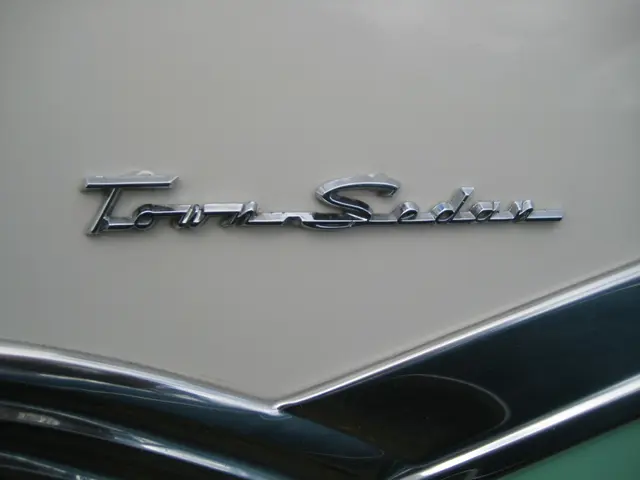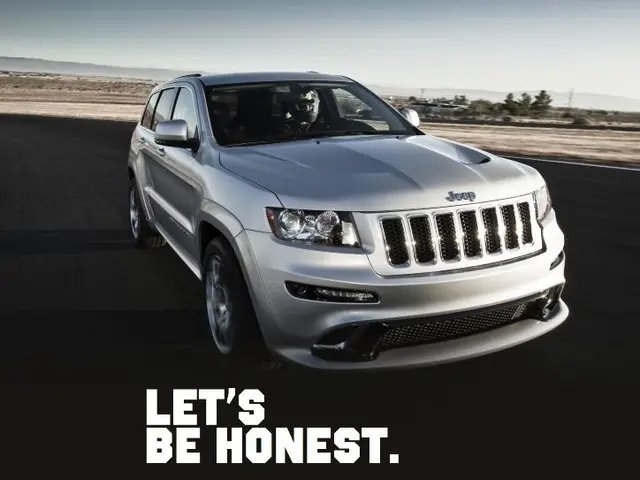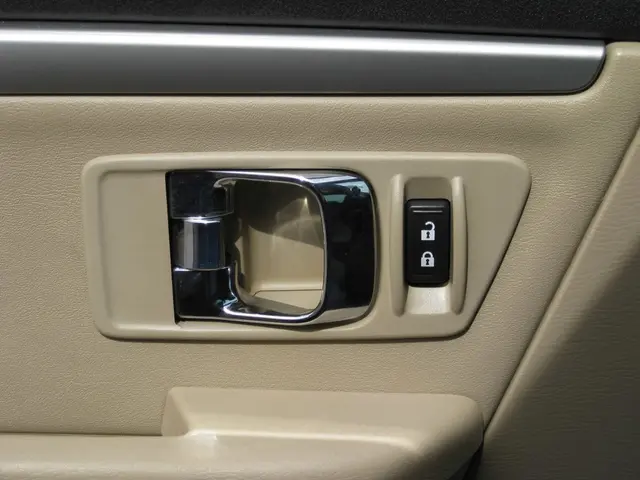Damaging Cold's Aftermath: Unveiling and Fixing Rust Issues from Road Salt on Your Vehicle
Upping the Ante: A Comprehensive Guide to Battling Salt Corrosion on Your Vehicle
As winter melts away and spring peeks through, drivers breathe a sigh of relief. However, with the winter's icy grasp loosened, a hidden menace remains — salt corrosion. Road salt, while vital for safe winter driving, can wreak havoc on your car's wellbeing. With this guide, you'll learn how to identify, prevent, and repair this nuisance to maintain your automobile's longevity and performance.
Road salt is the unsung hero of winter conditions, melting ice and providing much-needed traction. But it comes with a price: it expedites oxidation and encourages rust formation on metal surfaces. While rust may seem a cosmetic issue, it can undermine your car's structural integrity and lead to costly repairs.
There are several areas of your car that are particularly susceptible to salt damage. The undercarriage bears the brunt of salt exposure, with components like the exhaust system, brake lines, and suspension being prime targets. Salt collects in the wheel wells, creating a hotbed for corrosion. A close look into these areas can reveal early signs of rust. Peeling paint in areas like the door sills, frames, hood edges, and trunk edges might indicate corrosion lurking beneath. Regularly washing and inspecting your car can help catch these early signs and prevent further damage.
Paying heed to several indicators can help detect salt corrosion before it gets out of hand. Discoloration or bubble-like formations on the metal surfaces are signs that rust is brewing underneath. A lack of attention to these issues can lead to further spread. Visible rust spots and unusual noises — squeaks or rattles from the undercarriage — should prompt a closer examination.
Prevention is paramount in the battle against salt corrosion. Regular washes throughout winter, every 10 to 14 days, focusing on the undercarriage, can help remove salt buildup before it causes harm. Coats of quality wax before winter serve as a protective shield against salt and moisture. Professional undercoating services offer an additional layer of protection to your vehicle's underside. If possible, parking in a garage can shield your car from continuous exposure to the elements, with proper ventilation to prevent moisture buildup.
If you've identified salt damage on your vehicle, the best action is immediate and decisive. Assess the extent of the damage to determine whether surface rust can be treated at home or if more severe damages require professional intervention. For minor rust spots, clean the area, gently sand the affected spot, apply a rust-inhibiting primer, and match the paint for a seamless finish. If rust has penetrated deeply or affected structural components, seek professional help. They can accurately assess the damage and suggest appropriate remedies.
Winter's end doesn't mean your car has escaped its clutches unscathed. Salt corrosion can silently undermine your vehicle's integrity, compromising its safety and reliability. By knowing where to look and how to address potential damage, you can ensure your car remains roadworthy and audience-pleasing for years to come. Regular car maintenance, combined with prompt attention to signs of corrosion, is the key to maintaining your vehicle's top-notch condition.
Insider's Tips:- Rust Spots: These are telltale signs of salt corrosion, often appearing as orange-brown spots on metal surfaces, especially under the car, around wheel wells, on the exhaust system, and brake components.- Peeling, Chipped, or Faded Paint: Salt can break down paint layers, causing them to peel, chip, or fade.- Noises: If you hear creaking or unusual movement, salt corrosion may have damaged parts of your suspension or undercarriage.- Regular Washing, Waxing, and Protective Coatings: Frequently washing your car, applying automotive wax, and utilizing clear paint protection films, ceramic coatings, wheel sealants, tire conditioners, and professional rustproofing treatments can minimize salt damage.- Rust Removal: Before treatment, thoroughly clean the affected area to remove all traces of salt and surface contaminants. Use a wire brush, sandpaper, or chemical rust remover to eliminate rust.- Reach Out: For extensive rust or structural damage, consult a professional auto body shop for repair and rustproofing services.
[1] WikiHow. (n.d.). How to Protect Your Car from Salt Damage. [online] Available at: https://www.wikihow.com/Protect-Your-Car-from-Salt-Damage
[2] Carmud.com. (n.d.). How to Prevent, Identify, and Repair Salt Corrosion on Your Vehicle. [online] Available at: https://www.carmud.com/education/salt-corrosion-repair
[3] Cars.com. (n.d.). How to Prevent Car Rust. [online] Available at: https://www.cars.com/vehicles/advice/how-to-prevent-car-rust/
[4] Edmunds.com. (n.d.). How to Protect Your Car from Road Salt. [online] Available at: https://www.edmunds.com/car-care/news/how-to-protect-your-car-from-road-salt/
- Peeling, chipped, or faded paint is a sign that salt corrosion has broken down the paint layers on your car.
- Regular washes, automotive wax, and protective coatings can minimize salt damage to your vehicle.
- If you hear creaking or unusual noises, salt corrosion may have damaged parts of your vehicle's suspension or undercarriage.
- For extensive rust or structural damage, consult a professional auto body shop for repair and rustproofing services.
- Rust spots are telltale signs of salt corrosion, often appearing as orange-brown spots on metal surfaces, especially under the car and around wheel wells.
- By focusing on regular car maintenance, prompt attention to signs of corrosion, and being aware of the effect of salt on vehicles, you can ensure your car remains roadworthy and in top condition.








